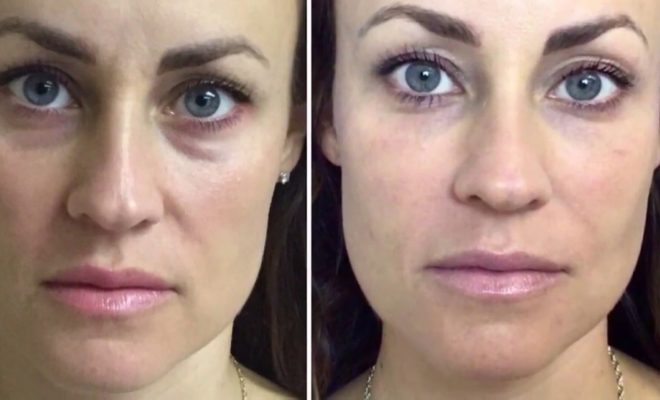What are blackheads

Blackheads or acne vulgaris as the name suggests is a form of acne. They are small lumps present on the skin which appear due to hair follicles being clogged up with dead skin and oil.
They are termed blackheads due to the dark appearance of the surface of these bumps. While they may appear to contain dirt within them, the appearance of the dark spots is actually due to an irregular reflection of light of the clogged follicles
One common misconception is that blackheads and pimples are not the same. Unlike blackheads, pimples are tiny, discoloured bumps that have a thick, white-yellow fluid (pus) near the tip.
What causes the formation of blackheads?
Blackheads form due to the formation of clogs or plugs in the space present in hair follicles. Each follicle has one hair and a sebum-producing sebaceous gland. Sebum, a kind of oil, helps in keeping the skin soft.
The collection of oil, as well as dead skin in skin follicles, would then lead to the presence of bumps known as comedones. These bumps are called whiteheads if the skin over them remain closed. However, when the skin is open, the bumps turn turns black due to exposure to the air, which leads to the presence of blackheads.
Certain factors may increase the likelihood of developing blackheads. These include:
- An overproduction of body oil.
- The presence and growth of bacteria (Propionibacterium acnes) on the skin.
- A lack of shedding of dead skin cells which may irritate hair follicles.
- Hormonal changes which may lead to an increased amount of oil being produced by the body (common during adolescence and menstruation).
- Certain drugs like androgens or corticosteroids.
- Pores blocked by cosmetics and certain clothing.
- Hair follicles being opened up by actions such as shaving.
There have been suggestions that blackheads are influenced by an individual’s diet. The formation of blackheads, as well as other forms of acne, may be triggered by dairy products and diets that raise blood sugar levels. However, there have not been any substantial evidence to support this claim.
Who is affected by blackheads?
The presence of blackheads is more common amongst adolescents and young adults who are going through hormonal changes. Many people, however, may still develop blackheads well into their twenties, thirties, and even beyond that.
How common are blackheads?
Blackheads are a regular occurrence and maybe even unavoidable. According to studies, almost everyone would have been affected by blackheads at some point in their lives. While, blackheads are most common amongst teenagers, although they affect between 10% to 20% of the adult population.
How can blackheads be treated?
Over-the-counter (OTC) medications
Many blackhead treatments and medicines which don’t require prescriptions can be easily obtained at drug stores, supermarkets or even online. They may come in the form of creams, gels or pads that are applied directly to the skin.
Salicylic acid, benzoyl peroxide, and resorcinol are among the active constituents in the medications which allows them to eliminate microorganisms, absorb excess oil, and force the skin to shed dead skin cells.
Prescription Medicine
If the over-the-counter treatments fail to clear up your blackheads, your doctor may prescribe stronger prescription medications.
Vitamin A-containing medications help prevent plugs from developing in hair follicles while promoting a faster renewal of skin cells. Tazarotene, tretinoin, and adapalene creams or gels are examples of drugs that are administered topically.
Manual Removal
A specific device called a round loop extractor may be used by dermatologists or properly educated skincare experts to remove the blockages that cause the blackheads. After creating a small opening in these blockages, they are then removed using the extractor.
Microdermabrasion
Alternatively, dermatologists or skincare experts may use a device with a rough surface to gently scrape the outer layers of the skin during microdermabrasion. This allows the clogs that cause the blackheads to be removed.

